Anne Henderson has produced a series of important books on the Menzies era. Her latest volume adds to this considerable body of work.
The book contains ten chapters, with a foreword by the Australian’s editor-at-large, Paul Kelly. It sets out how these two men, Sir Robert Menzies and Herbert Vere (Doc) Evatt, born in the same year (1894), were destined to cross swords politically. Unlike other rivalries in Australian politics, this one, as Kelly writes, was one of personal antagonism together with a contest over what sort nation Australia would become in the post-war world. ‘Their rivalry had few limits and was often waged with an elemental cruelty,’ Kelly states.
Both men had brilliant legal careers before entering politics. Menzies appeared as senior counsel before the High Court aged 25, while Evatt was appointed a judge of that court aged 36. Their ambition led them to become leaders of their respective parties. By 1951, their rivalry had been cemented over the ALP policy to nationalise the banks and the Communist party Dissolution Bill.
Interestingly, as Henderson recounts, until 1947 the Liberals were concerned that they ‘couldn’t win with Menzies’ (having lost the election the previous year) and contemplated replacing him as leader. However, the spectre of socialism saw Menzies galvanised and take up the fight against bank nationalisation and was a critical factor in him defeating the Chifley government at the 1949 elections. Evatt in 1947 was Minster for External Affairs, yet decided to appear as counsel before the High Court in the constitutional challenge to bank nationalisation, some seven years after he left that bench to stand for parliament. Here, Henderson writes, Evatt, in appearing before former colleagues who ‘found him irritating’, started displaying the erratic behaviour he later became known for.
As Henderson states in Chapter 5 ‘A New Age of Cold War’, by the early 1950s, communist influence in the unions, and by extension the Labor party, was more than apparent. With Mao Zedong’s take over in China in 1949, the threat of communism was uppermost in the minds of many Australians. It was against this background that Menzies introduced the Communist party Dissolution Bill into the federal parliament. Evatt, as shadow attorney-general, took up the fight against the Bill, arguing it could produce witch hunts against ordinary and innocent Australians. As it was, once the Bill passed the parliament, the Communist party of Australia and ten unions challenged the constitutional validity of the legislation in the High Court, and Evatt accepted a brief to appear as their counsel. This, as Henderson opines, must have had an impact on the Catholic support for the ALP once Evatt became leader. Indeed, Henderson cites several sources who stated that Evatt was seen as a weak link in the 1951 election campaign, which saw the Menzies government returned, and Evatt almost lose his own seat.
However, after that election, Menzies and Evatt were about to face each other and the Australian people in a unique contest, as recounted in detail in Chapters 7 and 8.
The referendum to ban the Communist party, Henderson writes, was seen as a victory for Evatt. In what is an interesting parallel with the Voice referendum next month, early on, it appeared a majority were in favour of banning the Communist party. However, weeks of debate changed people’s minds, even though the result was close and Australians were split down the middle.
This campaign cemented Evatt’s hold on the ALP leadership. Indeed, as Henderson writes in Chapter 8, ‘An Election Win By Hook or By Crook’, commentators were predicting a Labor victory at the 1954 elections. As history shows, that did not transpire. Henderson notes that disappointed Labor-leaning historians look back on that election claiming Menzies ‘had pulled a rabbit out of a hat’, in the form of the Petrov affair, to gain a victory which hitherto had seemed unlikely. In another interesting parallel with the present day, Henderson cites various sources demonstrating that, even without the Petrov effect, Menzies’ stocks were on the rise as Australians, in the midst of uncertainty, sought answers to inflation, cost of living and financial security – answers that Menzies provided, along with his belief in solid family values and domestic harmony. The fact is that Bert Evatt had been his own worst enemy.
The Petrov affair had overtaken Evatt the politician and he became obsessed by it. His allegations when appearing before the Petrov royal commission (on behalf of two of his staffers) that security documentation was forged for the purpose of injuring the Labor party were dismissed as ‘fantastic’ by Justice Ligertwood, one of the royal commissioners. Menzies, who for years had been derided by Evatt as not being anywhere near the latter’s legal mind, took revenge, not pulling any punches in parliamentary debate. Henderson states that at this time, Evatt had quite clearly lost Menzies’ respect, even as an opponent. Indeed, Evatt’s insistence that he appear before the commission undermined his leadership, especially in the eyes of several of his caucus colleagues.
In Chapter 10, ‘Endgame’, Henderson discusses Evatt’s role in the ALP split of 1955, outlining how the man who once believed in liberalism, who had accused Menzies of wanting to install a jackboot dictatorship during the referendum, switched to authoritarianism himself against those he could no longer win over by argument. Menzies called an election for 10 December of that year, which he won in a landslide. The ‘traitors’ that Evatt had expelled from the ALP helped keep the Coalition in government until 1972, some seven years after Evatt died in 1965, yet the Doc came to believe that Menzies had cheated him out of becoming prime minister.
This book traverses a critical period in Australian political history, bringing to light a conflict, at several levels, over the post-war direction of this country, which has transcended the time of its protagonists.
Got something to add? Join the discussion and comment below.
Get 10 issues for just $10
Subscribe to The Spectator Australia today for the next 10 magazine issues, plus full online access, for just $10.
You might disagree with half of it, but you’ll enjoy reading all of it. Try your first month for free, then just $2 a week for the remainder of your first year.

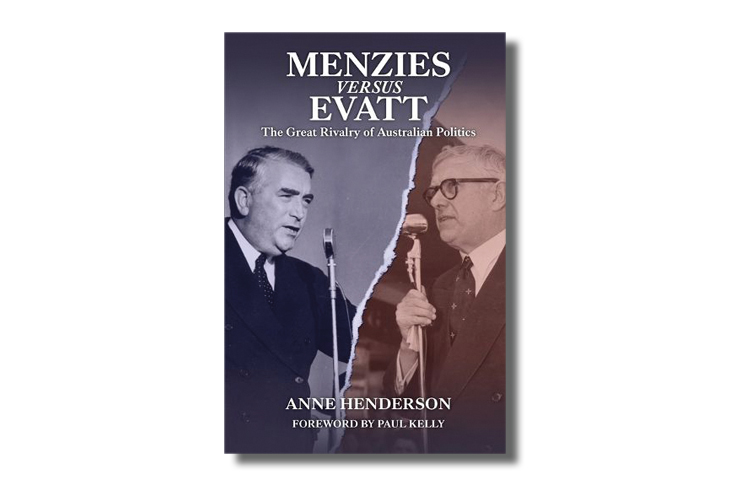
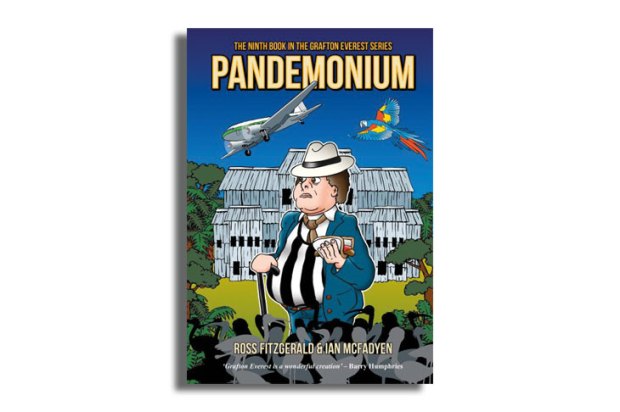
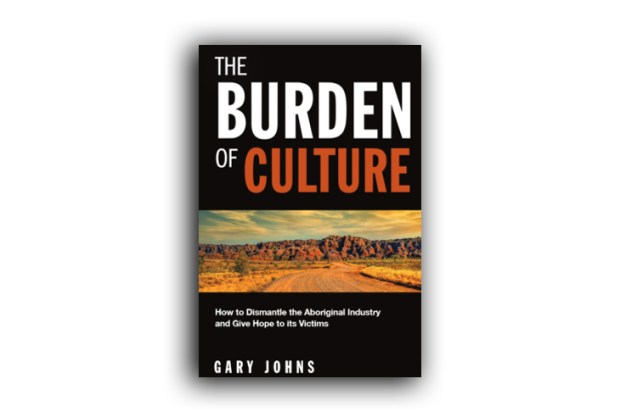
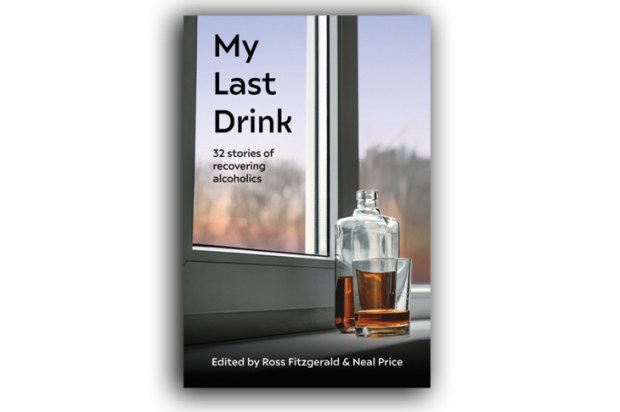
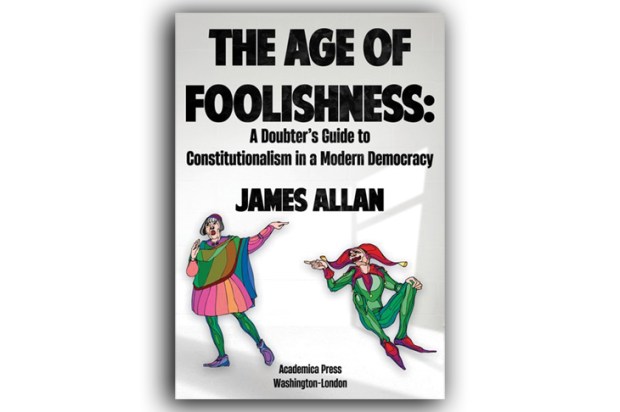

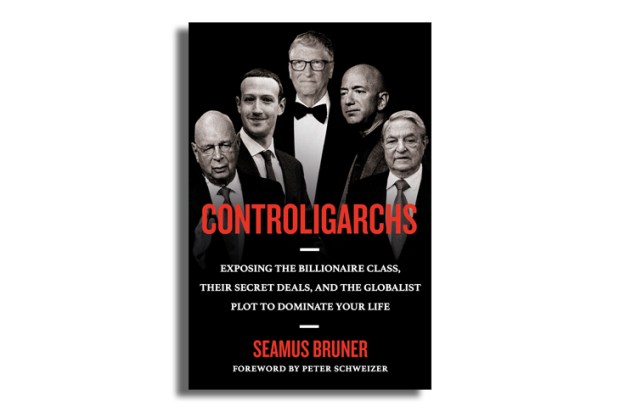






Comments
Don't miss out
Join the conversation with other Spectator Australia readers. Subscribe to leave a comment.
SUBSCRIBEAlready a subscriber? Log in